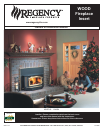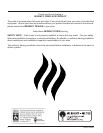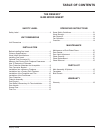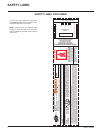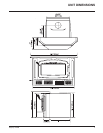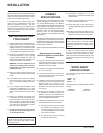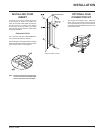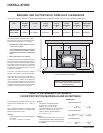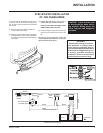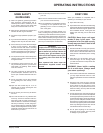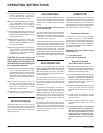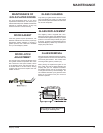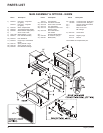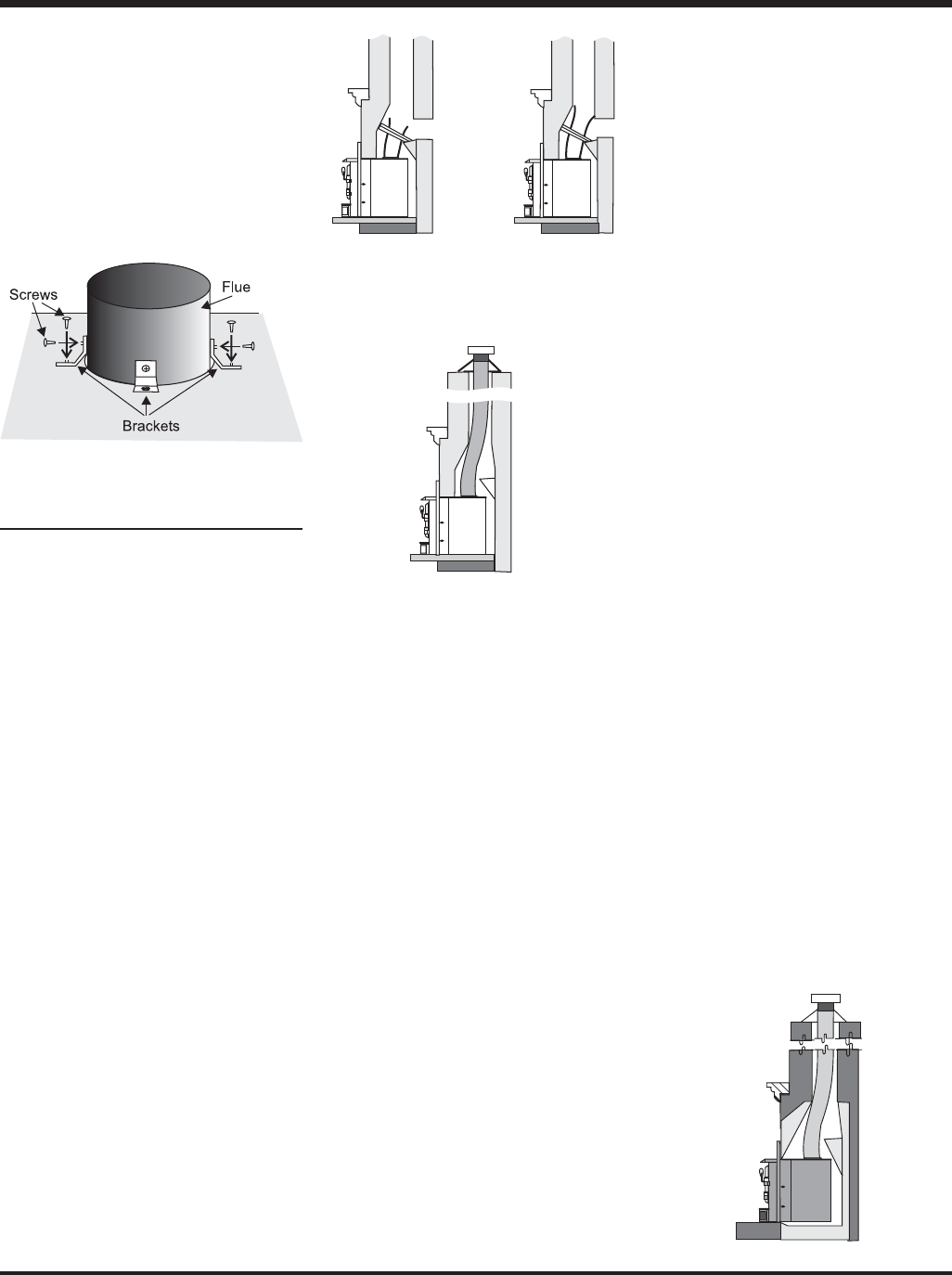
Regency I2400M 9
1) Positive Flue
Connection
with Cleanout
FLUE CONNECTOR
BRACKET
Package contains: 3 brackets and 6 screws.
These brackets are to be used to hold the fl ue
liner (not supplied) to the Insert and keep the
connection. The brackets are screwed into the
top of the Insert in the pre-punched holes and
then screwed into the fl ue liner.
INSTALLATION INTO A
MASONRY FIREPLACE
The insert must be installed as per the require-
ments of your local inspection authority. Three
methods of fl ue connection are acceptable in
most areas in the US, however a full fl ue liner
is required in Canada.
1) Positive fl ue connection, where a large
blocking plate and a short connector pipe
is used.
2) Direct fl ue connection, where a smaller
blocking plate and a connector pipe to the
fi rst fl ue liner tile is used.
3) Full fl ue liner, where a stainless steel rigid
or fl exible liner pipe is routed from the insert
outlet collar to the top of the chimney.
Regency highly recommends the use of a full
liner as the safest installation and provides the
most optimum performance. Your retailer should
be able to help you decide which system would
be the best for your application.
Flush Inserts
INSTALLATION
2) Direct Flue
Connection
with Cleanout
3a) Full Flue Liner
(No Cleanout Required)
Note: A clean-out door is sometimes
required, by your inspector, to be
installed when either the Positive fl ue
connection or Direct fl ue connection
method is used.
The use of one of the connection methods listed
on this page not only increases the safety of your
insert by directing the hot gases up the fl ue, but
will also help increase the unit's effi ciency and
decrease creosote deposits in the chimney.
When a connected fl ue or liner is in use, the
insert is able to “breathe” better by allowing a
greater draft to be created. The greater draft can
decrease problems such as, diffi cult start-ups,
smoking out the door, and dirty glass.
STEP-BY-STEP
INSTALLATION INTO A
FACTORY BUILT
FIREPLACE
1) When installed in a factory built fi replace, a
full stainless steel rigid or fl exible fl ue liner
is mandatory, for both safety and perform-
ance purposes. When a fl ue or liner is in
use, the insert is able to breathe better by
allowing a greater draft to be created. The
greater draft can decrease problems such
as, diffi cult start-ups, smoking out the door,
and dirty glass.
2) In order to position the fl ue liner, the exist-
ing rain cap must be removed from your
chimney system. In most cases the fl ue
damper should also be removed to allow
passage of the liner.
3) In most cases opening the existing spark
screens fully should give enough room for
the insert installation. If it does not, remove
and store.
4) If the fl oor of your fi replace is below the
level of the fi replace opening, adjust the
insert's levelling bolts to accommodate the
difference. When additional shimming is
required, use non-combustible masonry or
steel shims.
5) Measure approximately the alignment of
the fl ue liner with the position of the smoke
outlet hole on the insert to check for pos-
sible offset. If an offset is required, use a
proper stainless steel unit available with the
chimney liner.
6) Once the above items have been checked,
slide your insert into position after fi rst po-
sitioning the fl ue liner and offset if required.
(Re-install raincap at completion of installa-
tion).
NOTE: Refer to "Requirements for Installing
Solid-fuel Inserts in Factory-built Fire-
places" section for the requirements
for installing solid fuel inserts in factory
built fi replaces.



